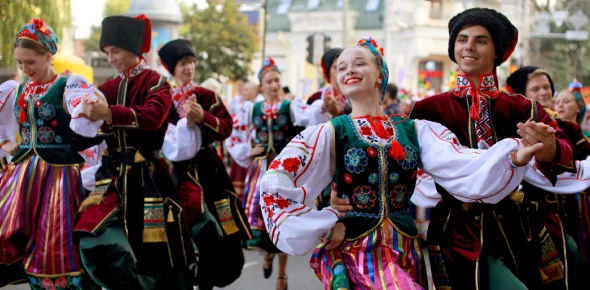Trivia Quiz: Cultures Of Europe And Russia!
2.
You may optionally provide this to label your report, leaderboard, or certificate.
Submit
×
Thank you for your feedback!
















